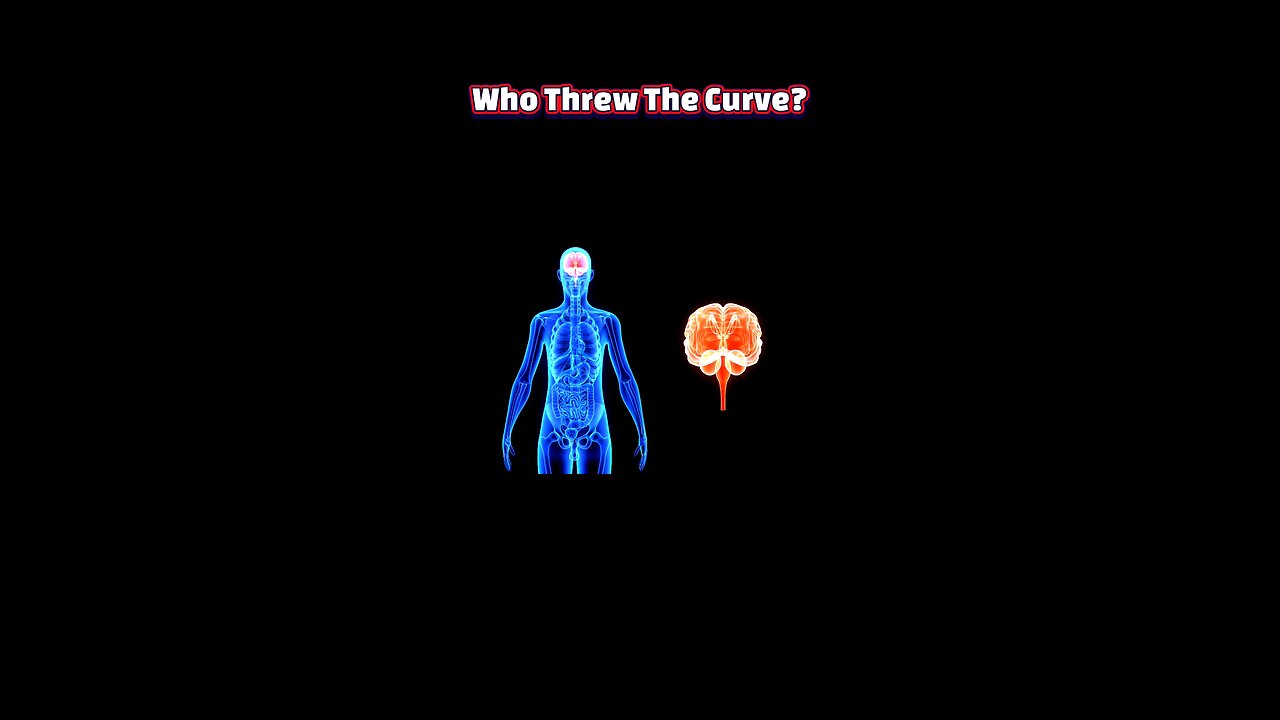Premium Only Content

Multitasking Is a Lie (Here’s What Your Brain’s Really Doing)
#BrainScience #NeuroscienceExplained #CognitiveBias #AttentionBlindness #ScienceFacts #HumanMind #MindBlown #MultitaskingMyth #BrainGlitches #newvideo #new #fyp
Ever lost your keys only to find them sitting in plain sight? Turns out, your brain isn’t slacking, it’s just operating on a rhythm that makes invisibility surprisingly common. A recent study from Hebrew University of Jerusalem reveals that human attention doesn’t work like a steady spotlight. Instead, it functions more like a strobe light, flashing on and off about eight times per second. This rhythmic “attentional sampling” means your brain is constantly taking snapshots of the world, not maintaining a continuous stream of awareness. When you try to focus on multiple things at once, the brain’s sampling rate drops dramatically. Monitoring two objects causes attention to alternate at just four flashes per second, and adding a third drops it to around 2.6. This ping-ponging of focus explains why multitasking often leads to missed details, your brain is literally blinking between tasks. Even more wild? This happens entirely outside your conscious awareness. You think you’re paying attention, but your brain is playing musical chairs with its processing power. The phenomenon isn’t just a quirky glitch, it’s a survival strategy. With limited neural resources and a sensory world that’s constantly overwhelming, the brain developed a rhythmic system to prioritize what matters most. Visual competition happens at every level, from basic eye input to complex object recognition. When multiple stimuli vie for attention, neural networks battle it out, and some information inevitably gets sidelined. That’s why your friend in the neon hoodie can vanish in a crowd, only to reappear when your brain cycles back to them. This research also sheds light on why sustained focus is so difficult. Whether you’re driving, studying, or scanning a spreadsheet, your brain’s natural rhythm means it’s constantly shifting gears. Understanding this can lead to smarter strategies for minimizing errors, like reducing distractions, chunking tasks, or designing environments that align with our cognitive tempo. It’s not about forcing your brain to work harder; it’s about working with its rhythm, not against it. In the end, the fact that your brain misses things right in front of you isn’t a flaw, it’s a feature. Attentional sampling is an elegant solution to a messy problem: how to process a flood of sensory data with limited bandwidth. So next time you overlook something obvious, don’t beat yourself up. Your brain’s just doing its rhythmic dance, and sometimes, that means the keys stay invisible until the next beat.
-
 2:03:57
2:03:57
Benny Johnson
4 hours agoFBI Director Kash Patel Makes January 6th Pipe Bomber Announcement: Massive Breakthrough, Stay Tuned
96.4K66 -
 1:06:17
1:06:17
Graham Allen
6 hours agoFAKE NEWS Is Everywhere!! Are We Living In The Upside Down?!
152K467 -
 2:59:36
2:59:36
Wendy Bell Radio
9 hours agoFeeding Their Greed
84.9K81 -
 1:55:12
1:55:12
Badlands Media
11 hours agoBadlands Daily – Nov. 26, 2025: Thanksgiving Optics, Turkey Pardons & Global Power Plays
63.7K11 -
 1:13:11
1:13:11
Chad Prather
20 hours agoGratitude That Grows in Hard Ground: A Thanksgiving Message for the Soul
92.4K45 -
 LIVE
LIVE
LFA TV
16 hours agoLIVE & BREAKING NEWS! | WEDNESDAY 11/26/25
2,103 watching -
 1:59:03
1:59:03
The Chris Salcedo Show
17 hours ago $13.50 earnedRemembering Rush On A Truly American Holiday
44.3K3 -
 36:24
36:24
Julie Green Ministries
7 hours agoLIVE WITH JULIE
127K241 -
 1:05:27
1:05:27
Crypto Power Hour
15 hours ago $10.52 earnedWhat You Need To Know About Gold Tokenization
75.1K8 -
 1:46:14
1:46:14
LIVE WITH CHRIS'WORLD
16 hours agoTHE WAKE UP CALL - 11/26/2025 - Episode 14
36.3K2